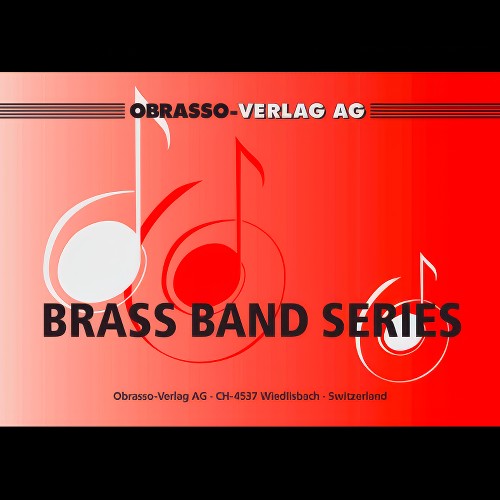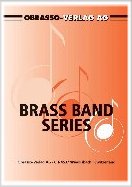We've found 447 matches for your search. Order by
Results
-
 £56.00
£56.00Wandrin' Star (Bass Trombone Solo with Brass Band - Score and Parts) - Lerner & Loewe - Fernie, Alan
Duration: 4:15
Estimated dispatch 7-14 working days
-
 £50.90
£50.90WHAT KIND OF FOOL AM I? (Trombone Solo with Brass Band) - Smith, Sandy
Grade: Easy/Medium.
Estimated dispatch 7-14 working days
-
 £50.90
£50.90WHEN A CHILD IS BORN (Trombone Solo with Brass Band) - Barry, Darrol
Grade: Easy/Medium.
Estimated dispatch 7-14 working days
-
 £50.90
£50.90WONDERFUL TONIGHT (Trombone Solo with Brass Band) - Clapton, Eric - Fernie, Alan
Grade: Easy/Medium.
Estimated dispatch 7-14 working days
-
 £24.95
£24.95Berceuse de Jocelyn (Angels Guard Thee) (Trombone Solo with Brass Band - Score and Parts)
Estimated dispatch 7-14 working days
-
 £44.95
£44.95Bone Idyll (Trombone Solo with Brass Band - Score and Parts)
Estimated dispatch 7-14 working days
-
 £24.95
£24.95Concert Variations (Trombone Solo with Brass Band - Score and Parts)
Estimated dispatch 7-14 working days
-
 £44.95
£44.95Dance Sequence (Trombone Solo with Brass Band - Score and Parts)
Estimated dispatch 7-14 working days
-
 £24.95
£24.95Introduction and Burlesque (Bass Trombone Solo with Brass Band - Score and Parts)
Estimated dispatch 7-14 working days
-
 £24.95
£24.95Rag and Bone (Trombone Solo with Brass Band - Score and Parts)
Estimated dispatch 7-14 working days
